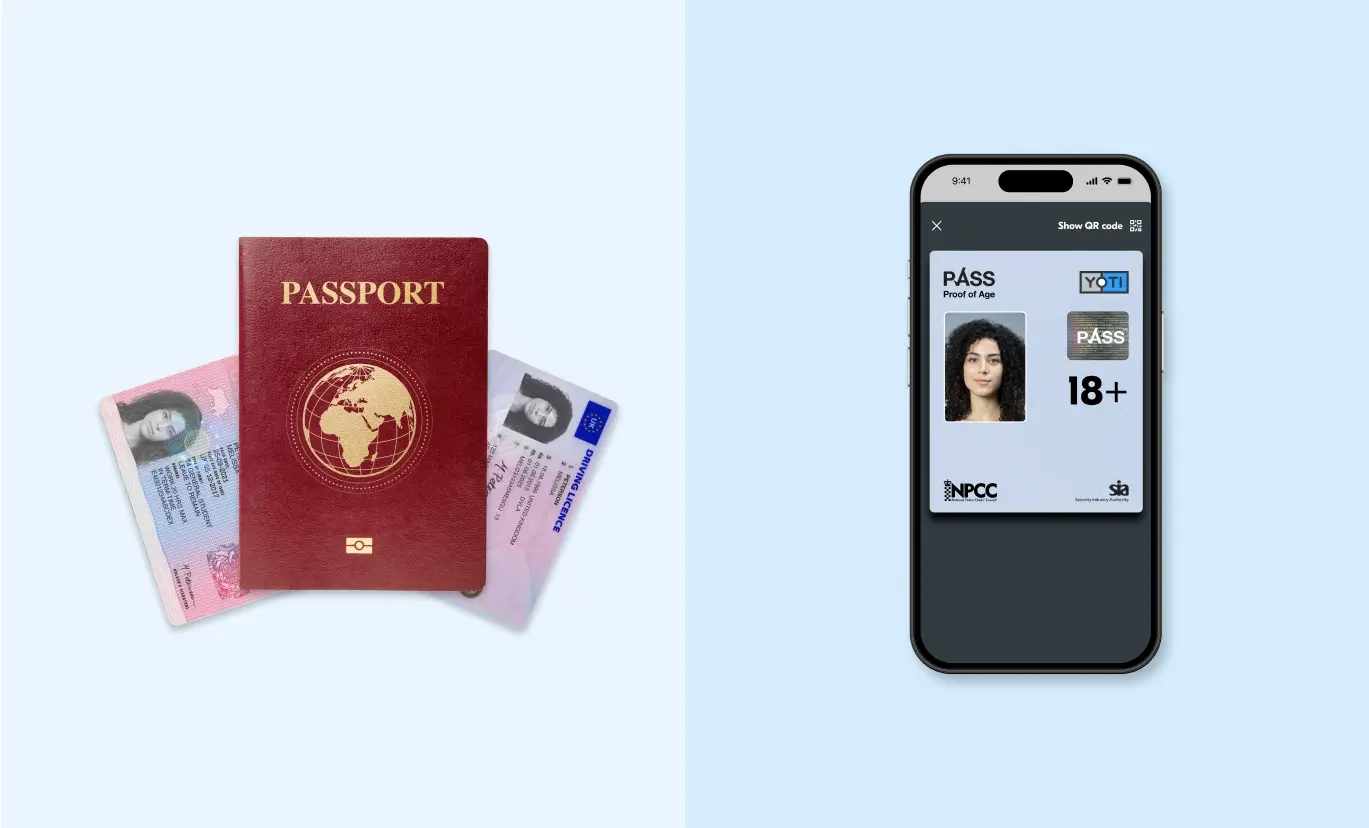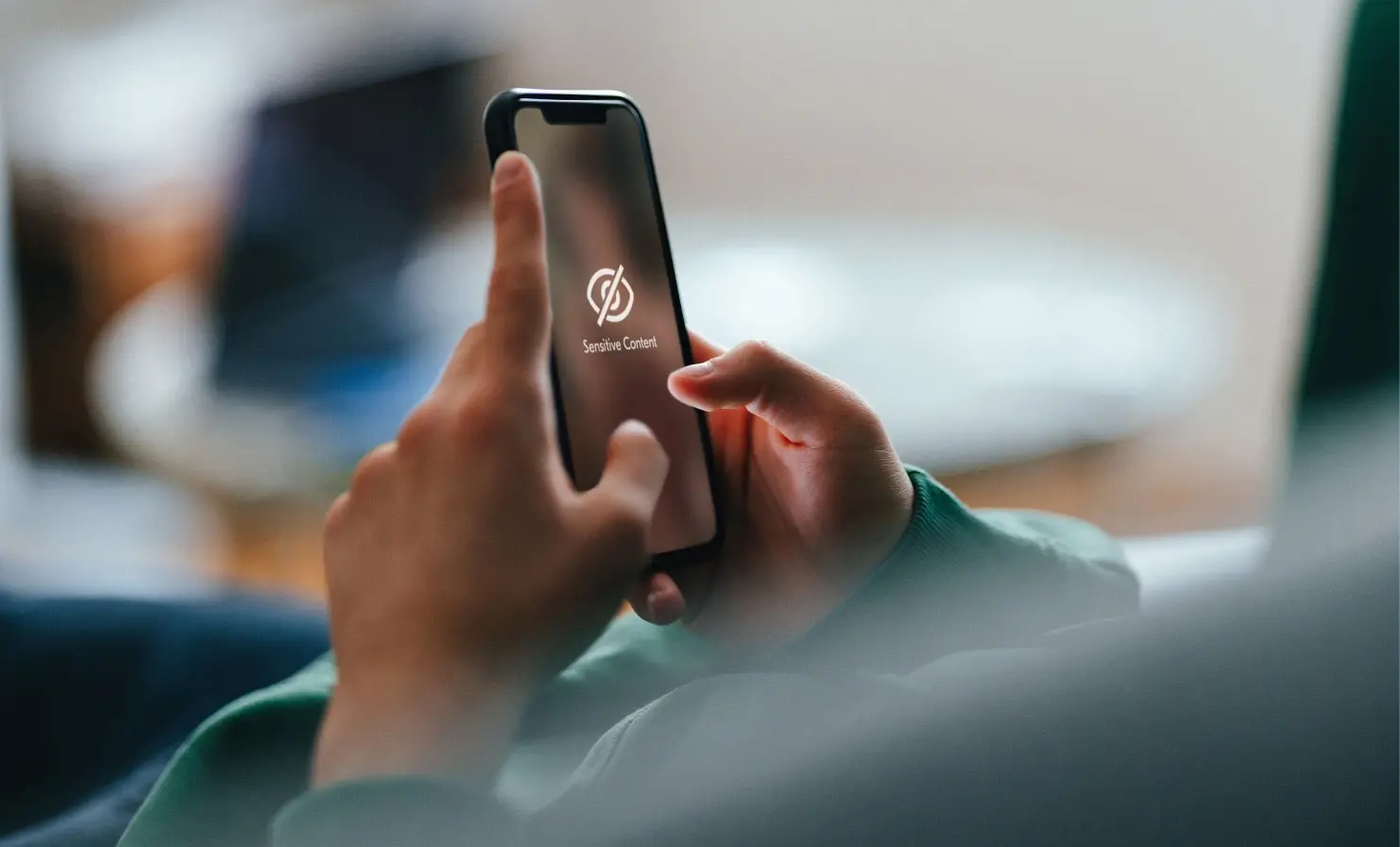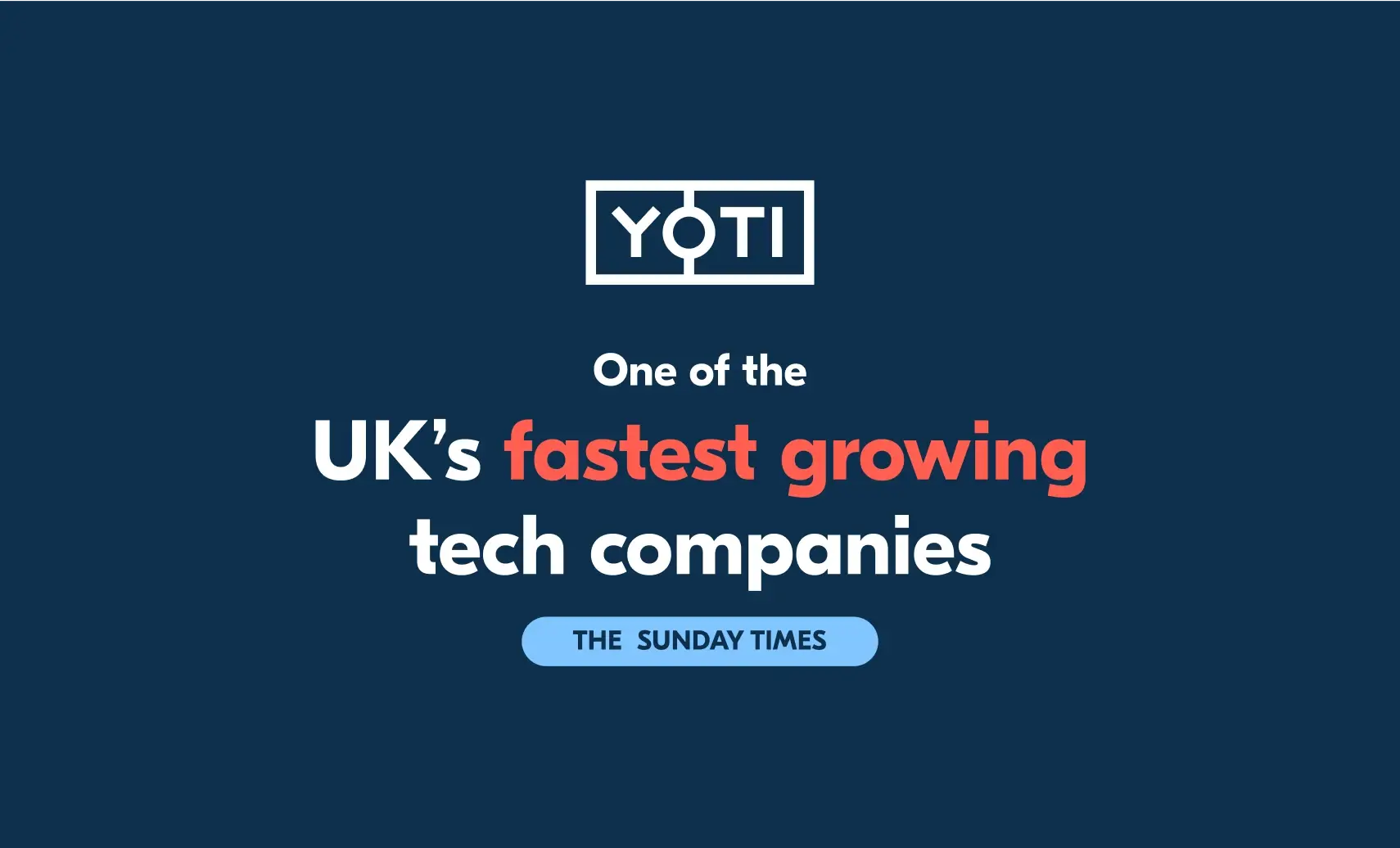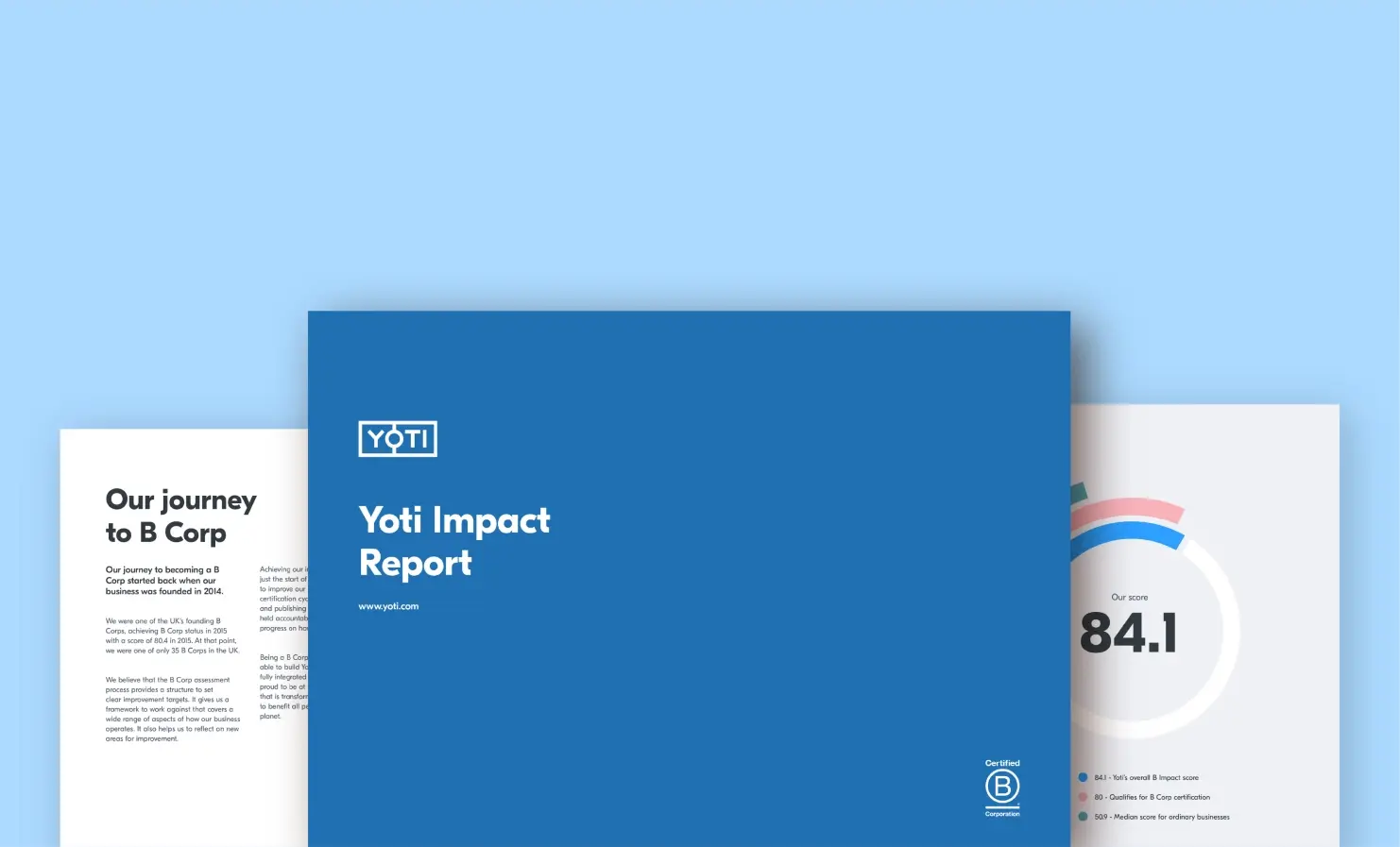Yoti blog
Stories and insights from the world of digital identity
Understanding age assurance in the UK’s Tobacco and Vapes Bill
In a significant move towards tightening regulations on tobacco and vaping products, the UK has introduced the Tobacco and Vapes Bill. Originally introduced by the previous Conservative government, the Bill has now been reintroduced by the new Labour government, signalling bipartisan support. The Bill aims to create a “smoke-free generation” by gradually raising the age of sale for tobacco and vaping products every year until they are completely phased out across the UK. What is the main aim of the Tobacco and Vapes Bill? The Tobacco and Vapes Bill seeks to tighten the regulatory framework around tobacco and
Age verification on adult websites: the facts
Key facts about age verification on adult websites: In the UK, adult websites have to comply with the Online Safety Act Ofcom is the regulator for online safety in the UK Other countries have introduced or are introducing age verification for adult content There are a number of different age verification methods available Age verification methods operate with the strictest privacy standards Some methods don’t require you to use an identity document As the internet continues to evolve, concerns about online safety, privacy, and ensuring age-appropriate content have become more important. A widely discussed issue in recent
Thoughts from our CEO
In this blog series, our CEO Robin Tombs will be sharing his experience, whilst focusing on major themes, news and issues in the world of identity verification and age assurance. This month, Robin talks about the UK’s plan to introduce government-issued digital IDs, his predictions for the UK’s digital ID market, tackling the problem of deepfake porn and online age verification for knife sales. Initial thoughts about the UK’s rollout of government-issued digital IDs Game-changing news from the UK Government clearly shows that it’s very serious about a digital Britain and reusable digital ID. The positive ramifications for
Physical IDs vs. Digital IDs: What are the key differences?
Key differences between physical IDs and digital IDs include: Format of the ID Ability to protect personal data (through minimising the data shared) When the ID can be used Differing use cases Who issues the ID Security features and vulnerabilities Regulatory and legal acceptance Last year, multiple countries made big strides towards accepting digital IDs. Recognising that we live in an increasingly online world, and that fewer people are carrying wallets, more businesses, governments and organisations are choosing to accept digital IDs as a form of identification. Digital IDs and physical IDs serve the same fundamental
Yoti responds to Ofcom’s final guidance on highly effective age assurance for Part 5 pornography providers
Ofcom has published the final guidance on highly effective age assurance for (Part 5) providers of pornography, under the Online Safety Act. There are a lot of good principles and effective guidance to ensure children are protected online and there is a clear deadline of July 2025 for all sites (be that pornography sites or social media platforms which allow pornography) to have age verification in place to prevent children from accessing adult content. We are pleased to see that Ofcom has listed several popular age assurance methods, such as facial age estimation, Digital ID wallets, and document verification,
The Sunday Times 100 Tech – Yoti named as one of the UK’s fastest growing tech companies
17th January 2025, London, UK – Yoti, a leader in digital identity and age assurance, has been named in the Sunday Times 100 Tech, a ranking of Britain’s fastest-growing private technology companies. This achievement reflects Yoti’s impressive 170% Compound Annual Revenue Growth (CAGR) over the three years to March 2024, securing its position at number 13 on the list. Robin Tombs, CEO at Yoti said: “We’re delighted to be recognised as one of the UK’s fastest growing private technology companies. Since 2014, Yoti’s innovative technology is transforming how people prove their age and identity. Our technology is supporting millions
Browse by category
Essential reading
Get up to speed on what kind of company we are












